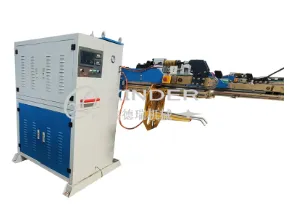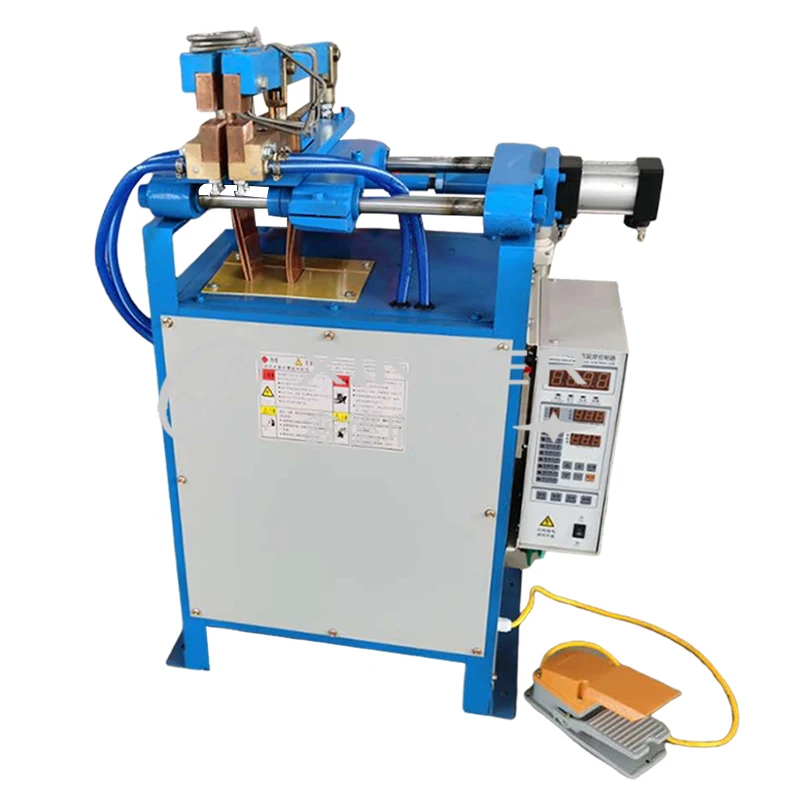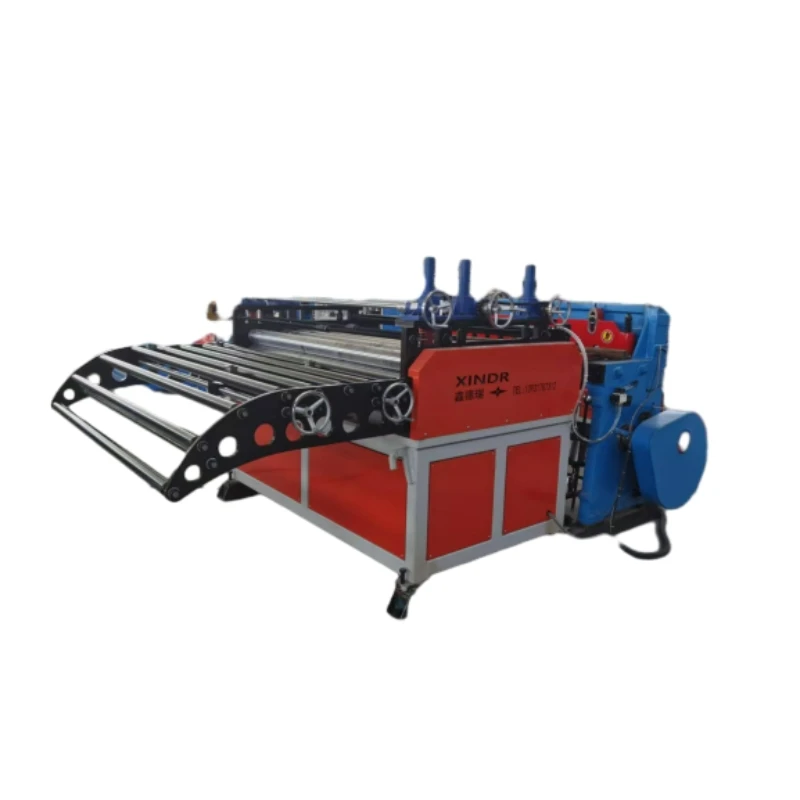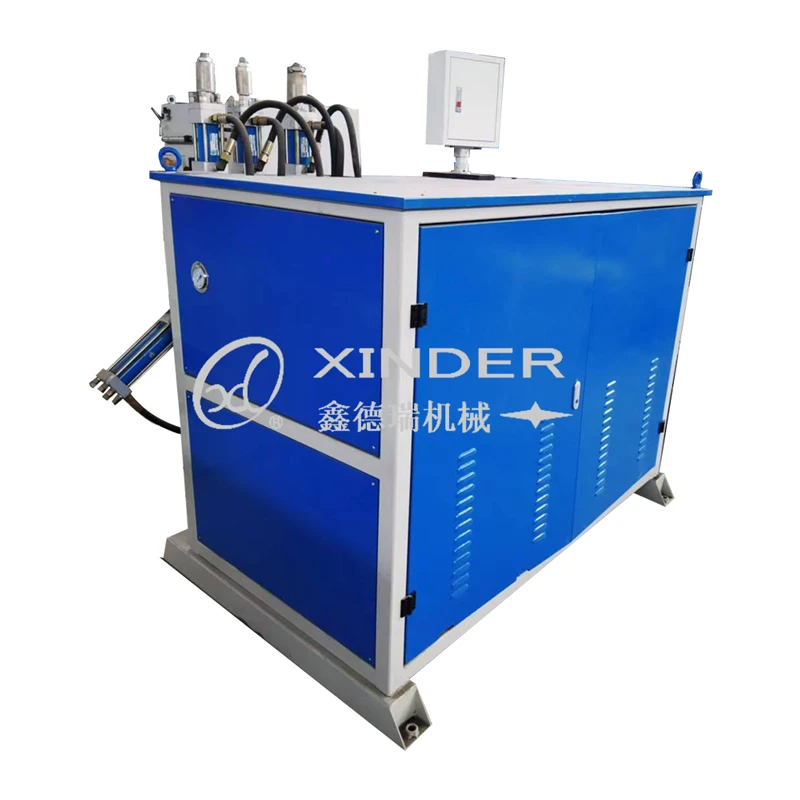-
 8613931787312
8613931787312 -
 Botou Industrial Zone on the east side of National Highway 104, Botou City, Hebei Province
Botou Industrial Zone on the east side of National Highway 104, Botou City, Hebei Province
- Afrikaans
- Albanian
- Amharic
- Arabic
- Armenian
- Azerbaijani
- Basque
- Belarusian
- Bengali
- Bosnian
- Bulgarian
- Catalan
- Cebuano
- Corsican
- Croatian
- Czech
- Danish
- Dutch
- English
- Esperanto
- Estonian
- Finnish
- French
- Frisian
- Galician
- Georgian
- German
- Greek
- Gujarati
- haitian_creole
- hausa
- hawaiian
- Hebrew
- Hindi
- Miao
- Hungarian
- Icelandic
- igbo
- Indonesian
- irish
- Italian
- Japanese
- Javanese
- Kannada
- kazakh
- Khmer
- Rwandese
- Korean
- Kurdish
- Kyrgyz
- Lao
- Latin
- Latvian
- Lithuanian
- Luxembourgish
- Macedonian
- Malgashi
- Malay
- Malayalam
- Maltese
- Maori
- Marathi
- Mongolian
- Myanmar
- Nepali
- Norwegian
- Norwegian
- Occitan
- Pashto
- Persian
- Polish
- Portuguese
- Punjabi
- Romanian
- Russian
- Samoan
- scottish-gaelic
- Serbian
- Sesotho
- Shona
- Sindhi
- Sinhala
- Slovak
- Slovenian
- Somali
- Spanish
- Sundanese
- Swahili
- Swedish
- Tagalog
- Tajik
- Tamil
- Tatar
- Telugu
- Thai
- Turkish
- Turkmen
- Ukrainian
- Urdu
- Uighur
- Uzbek
- Vietnamese
- Welsh
- Bantu
- Yiddish
- Yoruba
- Zulu
The Rise of Automation in Welding: Enhancing Precision and Productivity
Welding plays a vital role in nearly every manufacturing sector—from construction and automotive to aerospace and energy. With growing demand for precision, efficiency, and labor cost reduction, manufacturers are increasingly turning to automation. Modern solutions like the fully automatic welding machine, automatic welding machine, automatic welder, and automatic pipe welding machine are transforming how industries approach metal fabrication. In this article, we explore how these technologies work, their key benefits, and their role in today's industrial landscape.

What Is an Automatic Welding Machine and Why Is It Important?
An automatic welding machine is a system designed to carry out welding operations with minimal human intervention. Unlike manual or semi-automatic methods, these machines handle everything from torch movement and arc initiation to weld speed and filler material feed. They use pre-programmed parameters to ensure consistent and high-quality welds.
These machines can be equipped with various welding technologies, including:
MIG/MAG welding (Metal Inert/Active Gas)
TIG welding (Tungsten Inert Gas)
Laser welding
Plasma welding
Submerged arc welding (SAW)
Benefits of automatic welding machines:
Increased productivity: Faster welding cycles with minimal downtime.
Consistent quality: Uniform welds reduce defects and rework.
Reduced labor costs: Fewer skilled operators are needed.
Improved safety: Lower risk of injury due to automation.
In industries where volume and precision are crucial, such as automotive chassis or structural steel production, the automatic welding machine is a game-changer.
Power and Precision: The Advantages of a Fully Automatic Welding Machine
A fully automatic welding machine takes automation to the next level by integrating all aspects of the welding process—from material feeding and alignment to welding and inspection—into one seamless operation. These machines often include robotic arms, conveyors, or rotating fixtures, making them ideal for high-volume and high-precision tasks.
Applications of fully automatic systems:
Automotive component manufacturing
Shipbuilding and offshore structures
Railcar and heavy machinery production
Mass production of metal furniture and appliances
What sets a fully automatic welding machine apart is its integration with modern digital control systems. Advanced models use sensors, PLCs (Programmable Logic Controllers), and real-time data monitoring to make automatic adjustments during welding. This helps maintain quality even when material conditions or environmental factors vary.
Key features include:
Multi-axis robotic control
Vision-based seam tracking
Automated quality inspection
Remote operation and diagnostics
Such machines allow companies to scale operations, meet international quality standards, and respond quickly to market demands—all while minimizing human error.
Specialized Automation: The Role of an Automatic Pipe Welding Machine and Automatic Welder
Welding cylindrical or tubular materials presents unique challenges. That’s where an automatic pipe welding machine comes in. This specialized machine is engineered for welding round components such as pipes, tanks, and tubes—especially in industries like oil & gas, petrochemicals, water infrastructure, and HVAC.
Advantages of automatic pipe welding:
360° consistent welds: Machine rotates the pipe or the torch to ensure uniformity.
Support for multiple weld passes: Including root pass, filler, and cap.
Perfect for tight spaces or hard-to-reach areas
Improved joint strength and appearance
Meanwhile, an automatic welder is a general term used for machines that execute welds automatically. These systems can be handheld units with automated feeding or large-scale robotic setups depending on the application. They are often portable and can be customized for on-site work such as shipyards or bridge construction.
Both the automatic pipe welding machine and automatic welder reduce reliance on highly skilled manual welders, making them cost-effective and scalable options for demanding environments.
Automation is rapidly reshaping the future of welding. Whether it's a high-precision fully automatic welding machine for robotic production lines, a standard automatic welding machine for mass assembly, a portable automatic welder for fieldwork, or a purpose-built automatic pipe welding machine for pipelines, these solutions offer unmatched consistency, speed, and safety.
As global industries evolve and the need for high-quality fabrication increases, investing in automatic welding technology is not just a smart decision—it's essential for staying competitive in a modern industrial economy.
Let me know if you’d like a localized version of this article for a specific industry (e.g., oil & gas or automotive) or adapted for web, catalog, or social media use.
-
Understanding Seam Welding Technology: Applications and Equipment OverviewNewsAug.15,2025
-
The Applications and Importance of Laser Welding in Modern ManufacturingNewsAug.15,2025
-
Revolutionizing Industrial Welding with Automatic Seam Welding TechnologyNewsAug.15,2025
-
Precision and Efficiency in Metal Packaging: The Role of Can Welding MachinesNewsAug.15,2025
-
Advancing Metal Joining Technologies with Laser Welding and Soldering SolutionsNewsAug.15,2025
-
The Rise of Laser Welding: Precision Meets Power in Modern MetalworkNewsAug.06,2025
-
Streamlining Industrial Packaging: The Power of Barrel Production LinesNewsAug.06,2025
-
 Pneumatic Handle Welding MachineSep . 13, 2024
Pneumatic Handle Welding MachineSep . 13, 2024 -
 Fully Automatic Kaiping Production LineOct . 17, 2024
Fully Automatic Kaiping Production LineOct . 17, 2024 -
 Fully Automatic Metal Bucket Lifting HeadphonesSep . 14, 2024
Fully Automatic Metal Bucket Lifting HeadphonesSep . 14, 2024

